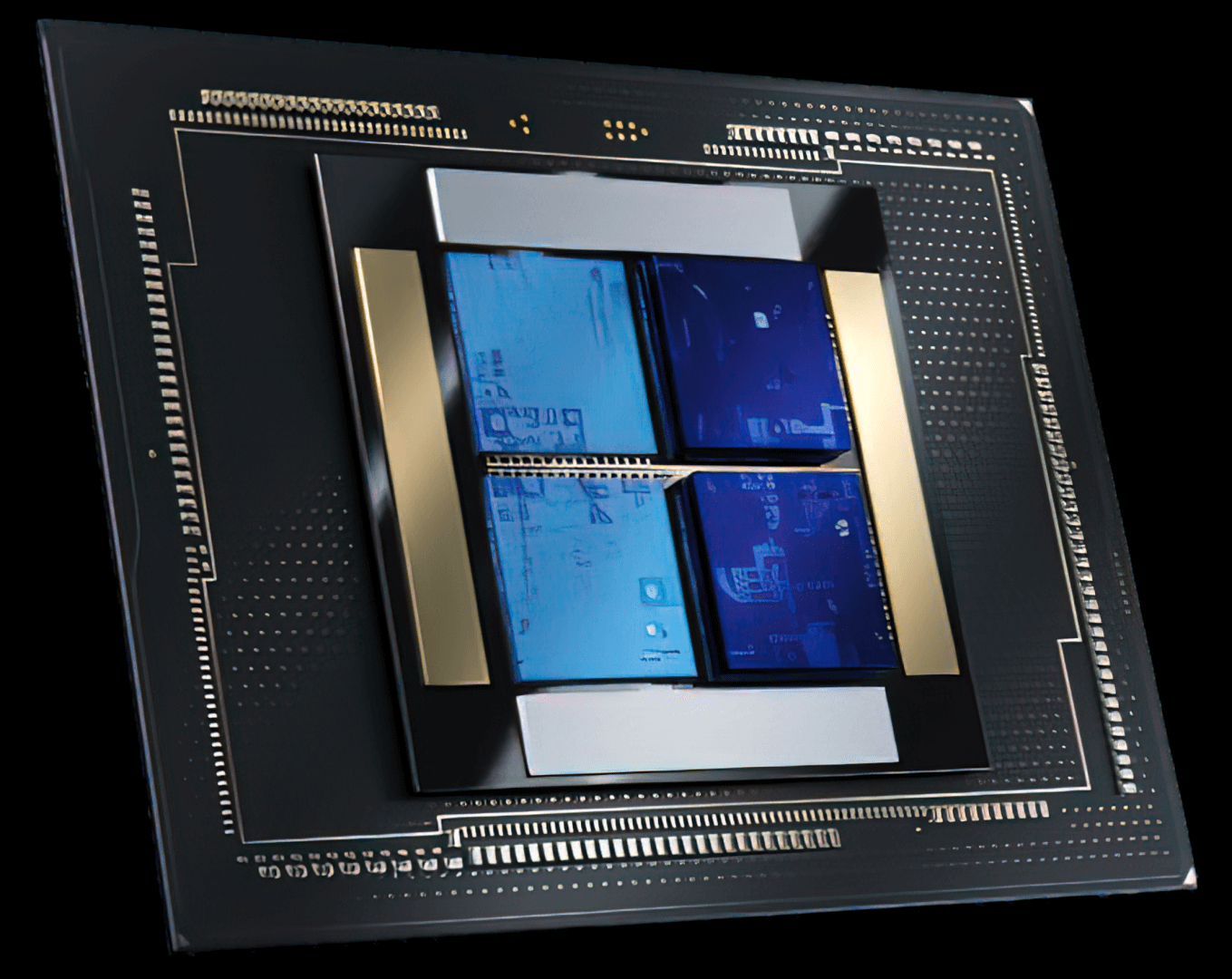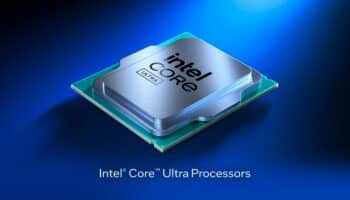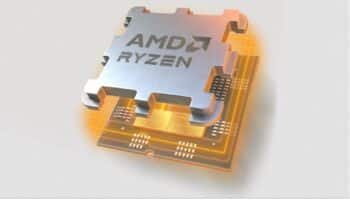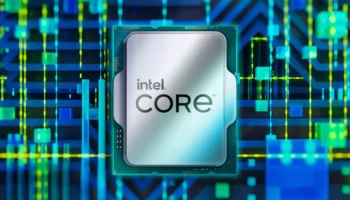The move to a hybrid core architecture marked a drastic shift in Intel’s design philosophy, which can only be seen as a response to AMD’s chiplet-enabled 16-core designs. The tripling of core counts from Rocket Lake’s 8 to Raptor Lake’s 24 is a further testament to this. The Core lineup was limited to quad-core chips for seven successive generations, only to be bumped up to six, eight, and ten over a short span of three. At this point, Intel’s profit margins were stretched thin courtesy of a large, monolithic die that ran hot and fell short of advanced competitor designs.
With Alder Lake, Intel introduced its first hybrid-core architecture to moderate to critical acclaim. Raptor Lake doubles down on that approach with more cores than ever and sky-high clocks. Meteor Lake and Arrow Lake will be the second major step in rectifying the chip giant’s dated manufacturing philosophy by adding chiplets or tiles to the mix. In addition to improved core architectures, we’re also looking at the larger low-level cache.
Golden Cove increased the L2 cache to 1MB, and Raptor Cove further doubled it to 2MB. Redwood Cove will likely retain that buffer, but the Crestmont E-core will nearly double it. As per @OneRaichu, the next-gen efficiency core will feature a configurable L2 cache of up to 8MB. Like Gracemont, we’ll probably see 4-6MB clusters with Meteor Lake, succeeded by 8MB L2 cache buffers in Arrow Lake. It’s still a little early as we have no hard evidence at this point, so take this with your usual grain of salt.





